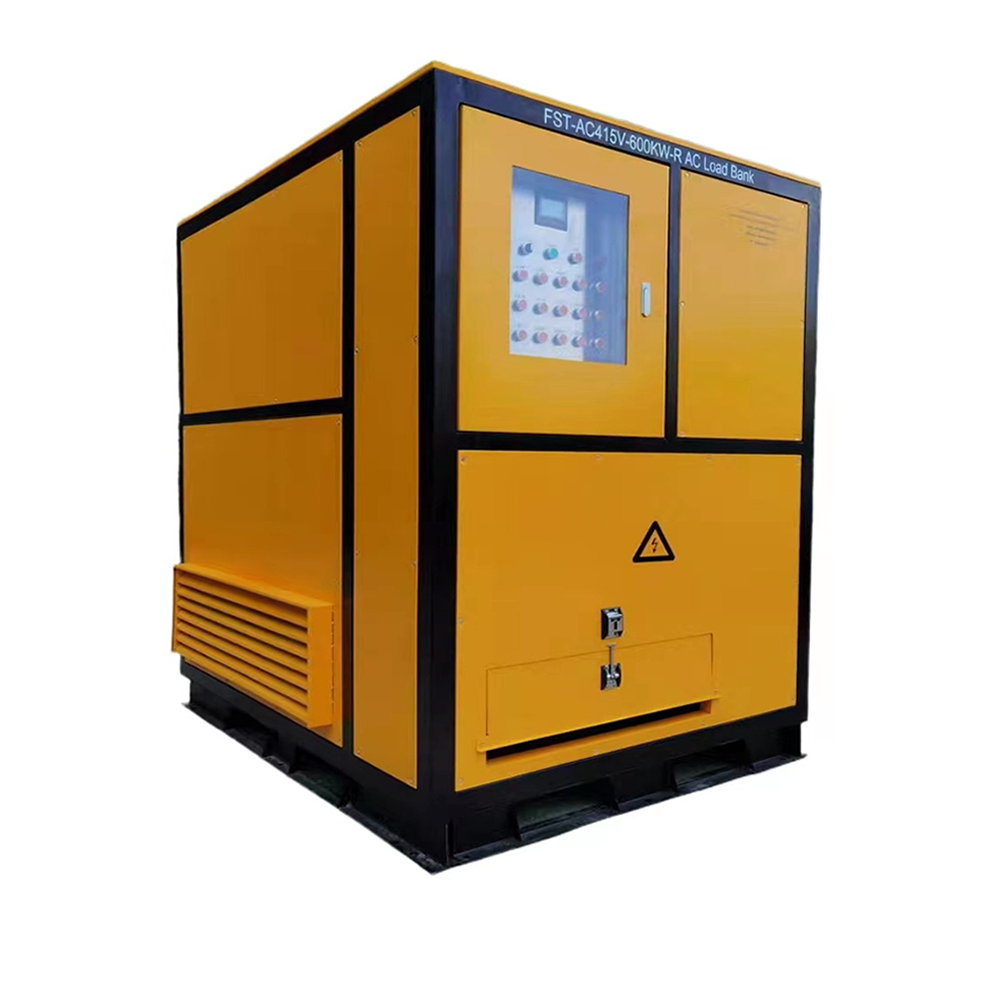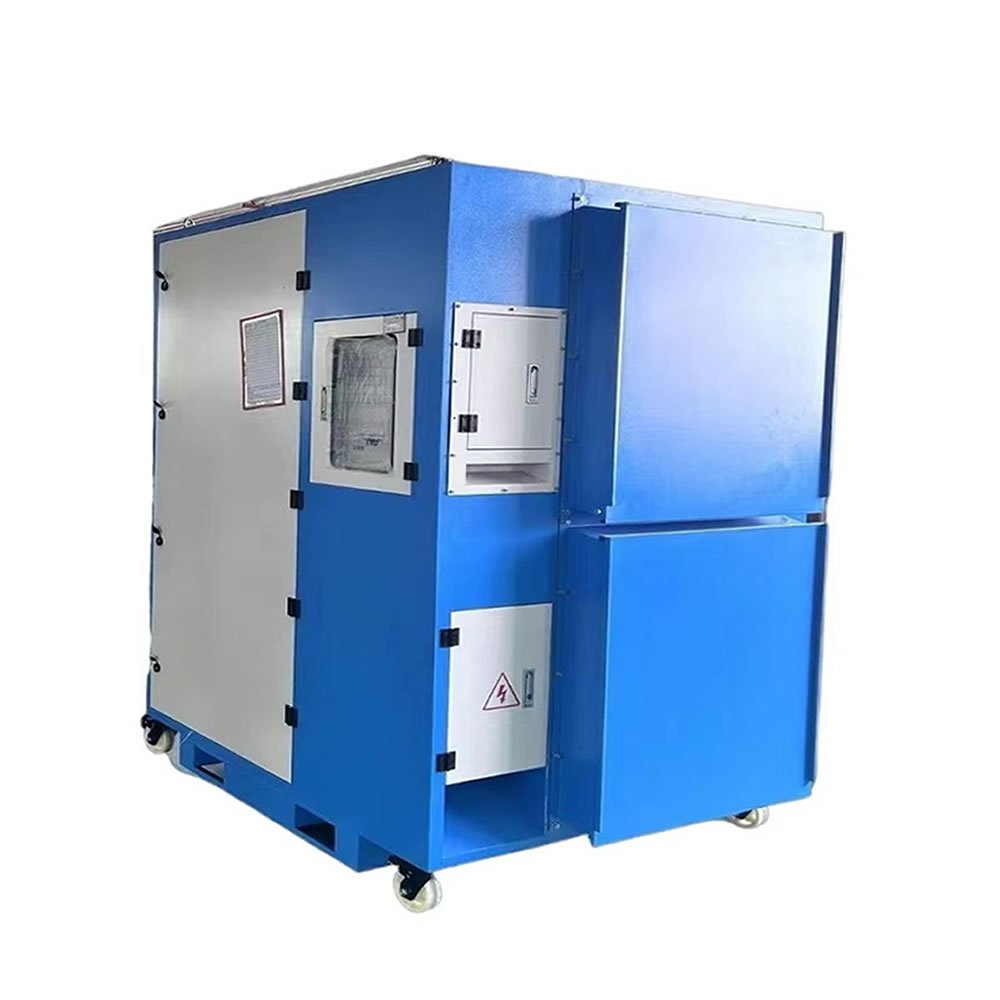Project Description
Resistive load banks work for generator load tests by providing a controllable electrical load to the generator system. When conducting a load test, the resistive load bank simulates the actual electrical load that the generator would experience during normal operation. This is achieved by connecting resistive elements (such as heating elements or resistors) within the load bank to the generator output.
During the test, the resistive load bank absorbs electrical power from the generator, converting it into heat. By adjusting the load applied by the resistive elements, technicians can simulate varying load conditions on the generator, from no load to full load, and everything in between. This allows for thorough testing of the generator’s performance under different operating conditions.
The load test helps assess the generator’s capacity, efficiency, voltage and frequency regulation, cooling system effectiveness, and overall stability. It also helps identify any potential issues or weaknesses in the generator system before it is put into service or during routine maintenance checks.





